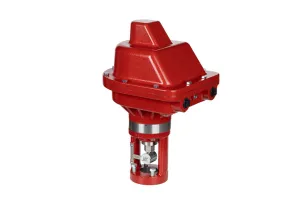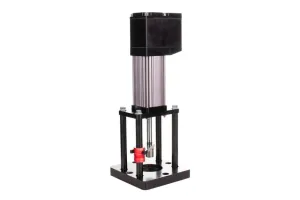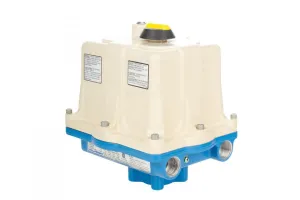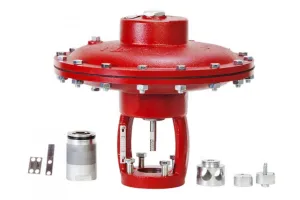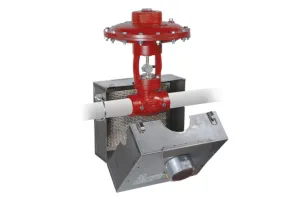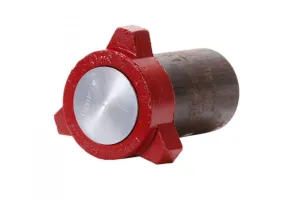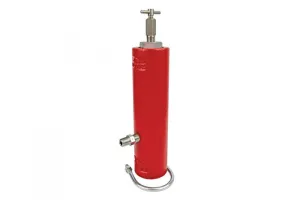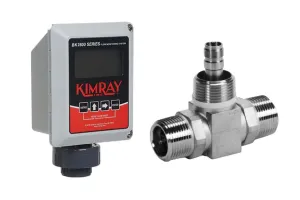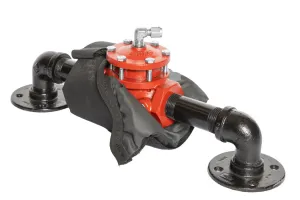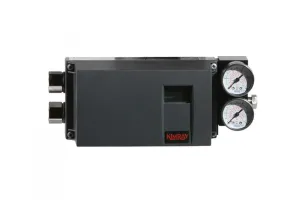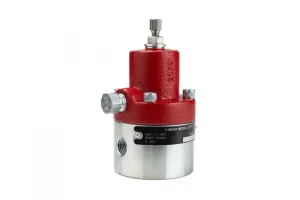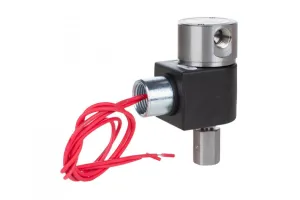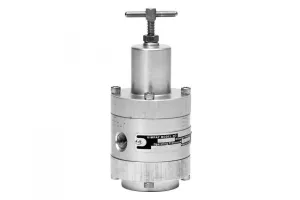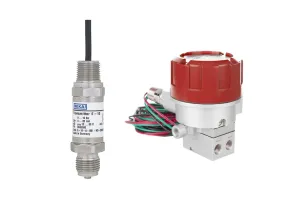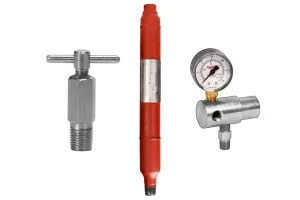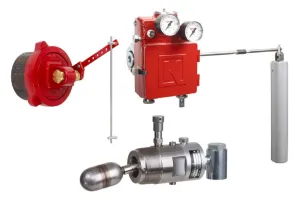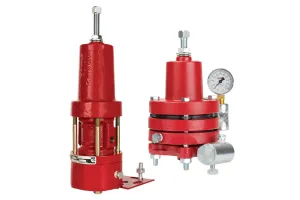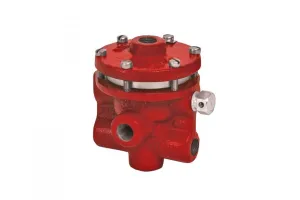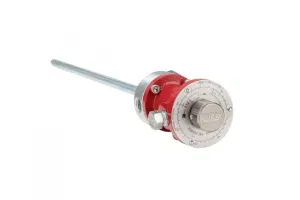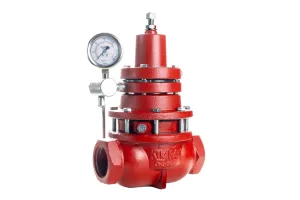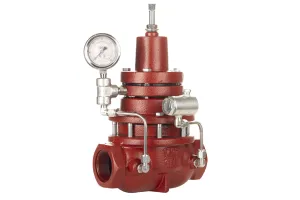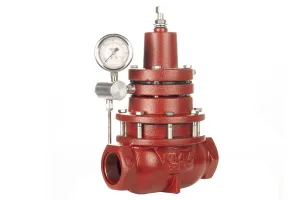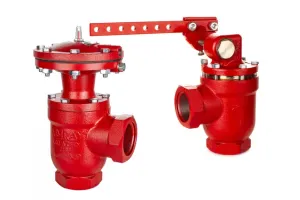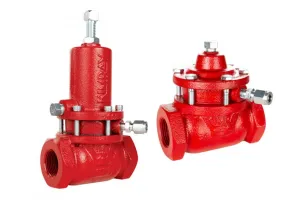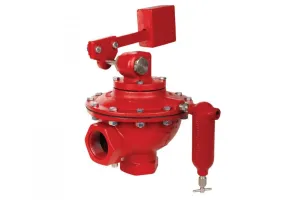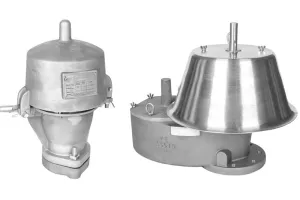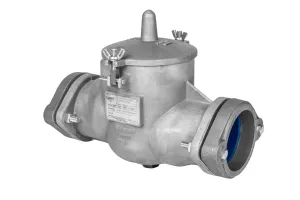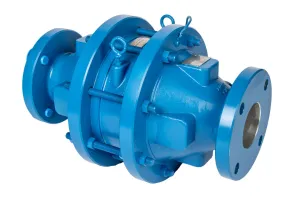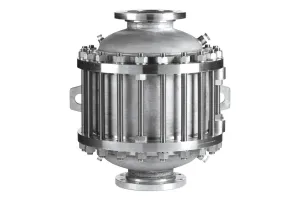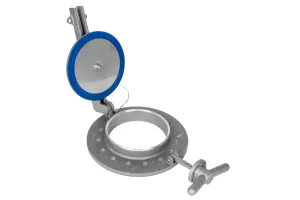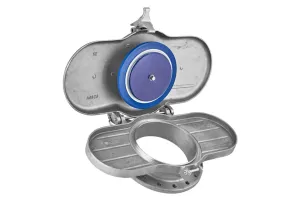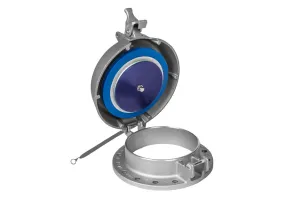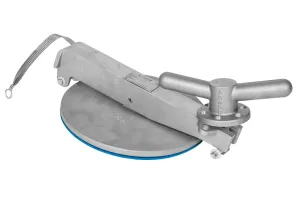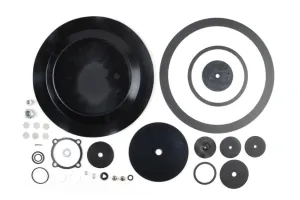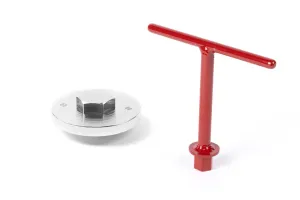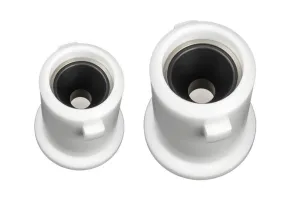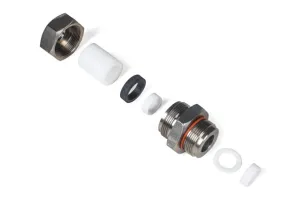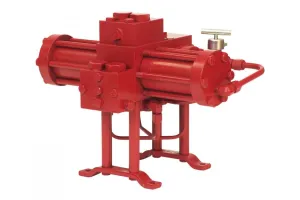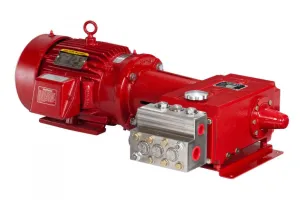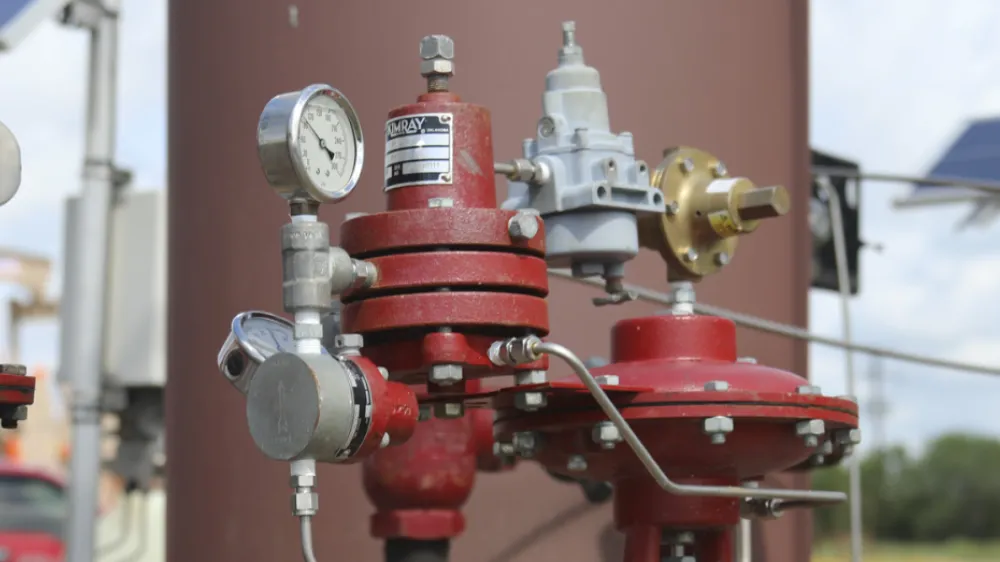
On its own, a control valve will not technically control anything. In order to accurately control the flow of oil and gas, it needs a “control valve controller,” also known as a valve pilot.
How Control Valves Work
A control valve is a device that controls the flow of liquid or gas. To control the liquid or gas, the valve can open or close fully (on/off), or slightly (throttling).
However, again, the valve will not open or close by itself. In order to do so, the valve actuator or pilot must receive a signal from an outside source. This is provided by a control valve controller.
What is a Control Valve Controller?
A “control valve controller” is also referred to as a valve pilot or pressure pilot.
A pilot is used to monitor and control upstream or downstream pressure. It does this by positioning a control valve to achieve the producer’s desired set point.
The pilot senses a process condition (typically a pressure). It then sends a corresponding pressure signal to the control valve diaphragm.
The diaphragm responds to that pressure by opening or closing the valve stem to regulate the flow through the valve.
Types of Control Valve Controllers
- Pneumatically actuated control valves use a pneumatic pilot
- Electrically actuated control valves use an electric pilot, Programmable Logic Controller (PLC), or Remote Terminal Unit (RTU)
If you’d like more information about how to control your control valve, contact your local Kimray representative.
